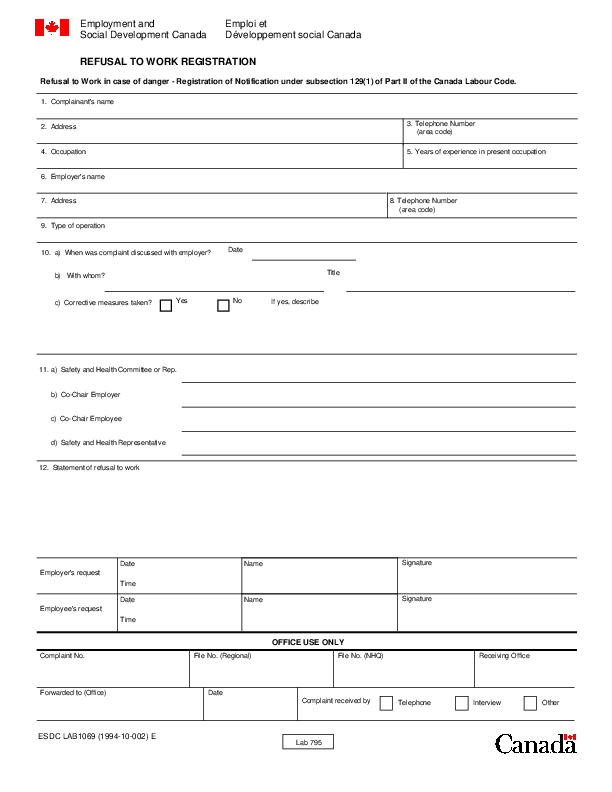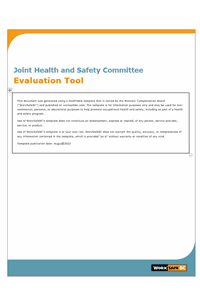The 7 Steps to Eating for Energy
When, what, and how you eat affects your ability to stay alert and focused.
As truck drivers, staying alert and focused is paramount when it comes to driving safely. When what and how you eat can all affect your ability to do this. Eating also plays a huge role in mental and physical health. Following the 7 steps to Eating for Energy will help set you on the path for improved energy and concentration in addition to achieving long-term health and wellbeing.
Last article we covered:
Step 1: Getting into a straight-line state
Step 2. Becoming fat wise
Step 3. Staying well hydrated
Step 4. Getting enough iron and other key vitamins and minerals
This part we continue with the 7 Steps to Eating for Energy with steps 5 to 7.
Step 5: Ensuring Top-Notch Quality
- The fifth step in eating for energy is to keep quality in mind when making food choices. If you can bring food from home here are a couple of things to think about at the grocery store:
Select local produce—fruit, vegetables, bread and even protein sources—that were grown or made as close to home as possible. The further away a food comes from, the greater the chance it has been exposed to chemicals to preserve it or prevent it from rotting. - Just because it is organic doesn’t mean it is more nutritious. Most importantly, buy-in season and local and wash your produce before eating it.
- Remember variety! The more variety or cross-training in your diet the more nourishment you get.
- Think about where the product was grown or produced. In the case of fruit, for example, you can visualize the fruit actually coming from a tree somewhere. In the case of coffee whitener, the ingredient list reads glucose syrup, hydrogenated canola oil, sodium caseinate, dipotassium phosphate, monoglycerides, tricalcium phosphate, acetylated tartaric acid esters of mono- and diglycerides, artificial flavour, citric acid, BHT and colour. So a good rule of thumb is if you need a dictionary to understand the product’s ingredient list, it’s likely not very nutritious.
Here are a few other suggestions for maximizing the quality in your diet:
- Choose whole-grain bread and cereals instead of white. This includes pasta, quinoa, millet, buckwheat and rice. Choose whole wheat and not simply wheat. Wheat means white.
- In the vegetable and fruit category, go with dark green, orange and richly-coloured fruits and vegetables. They’re packed with more nutrition than wimpy vegetables like iceberg lettuce and cucumbers. Some top picks include beets, spinach, romaine, green leaf lettuce, broccoli, Brussels sprouts, garlic, onions, squash, sweet potatoes, carrots, all peppers, apricots, cantaloupe, berries and all citrus fruit.
- In the milk category, choose Canadian, select some lower-fat options and vary your choices. The best quality yogurts are those no aspartame or other fake sugars. Fortified soymilk is a good option for this group. Fortified almond or coconut milk contains calcium and vitamin D too but are lower in protein.
- In the protein category, again select a variety. If chicken is your main meat, you’ve got to mix it up with fish, beans, tofu, etc. Fish is a high-quality protein due to the good fats it supplies. Go with fish in place of meat at least twice a week. Maybe a tuna sandwich at lunch and perhaps a halibut fillet at dinner?
- Choose plant proteins more often such as lentils, beans and chickpeas, tofu, nuts and seeds. This leaves beef, pork, chicken and eggs as occasional options instead of being staples.
- Other high-quality steps you can take in your diet include drinking tea. Black and green tea are rich in powerful antioxidant vitamins and the more garlic and onions you eat the better.
Step 6: Respecting Your Natural Hunger and Fullness Cues
The sixth step in eating for energy is to learn to pay attention to and respect your natural hunger and fullness cues. Do you know when you’re hungry and do you respond to your hunger and get something to eat? If you override your hunger cues because you are driving, your body will stop telling you that you are hungry until you are starved and then you are more likely to overeat. As truck drivers, eating regularly will keep your energy up but also help manage your appetite so you don’t overeat at the next stop.
- When eating, try to listen to the signals and quit when you’re full, not stuffed. Put it away and save it away for later. But if you’re stuffed, even on healthy food, you raise your blood sugar level and potentially gain fat and lose energy.
- You may want to portion out your food initially. Try not to eat from large containers as portion control can be difficult.
- Try not to eat in front of the TV as mindless eating can also lead to overeating.
Step 7: Moving Your Body and Addressing the Other Spokes in the Wheel of Health
The seventh and final factor in maintaining a healthy energy level is of course exercise and the other spokes in the wheel of health such as getting enough sleep, managing stress and relationships. All the good eating and hydrating in the world won’t leave you energized if you never move your body. If you’re frustrated, not getting enough sleep or abusing your body with alcohol or nicotine, a high-energy state just won’t happen.
- Be Active. When it comes to exercise, just as it is with eating, consistency is important. It’s far better to exercise three or four times every week than to go hardcore for a week or two, then do nothing for a month, starting and stopping repeatedly. Find something you consider consistently doable that you enjoy.
- Stretch daily. Have a set of 2 or 3 stretches you do every time you step out of your cab. Shoulder rolls, toe touches, calf and quad stretches are easy to do just standing beside your rig. Regular stretch can help prevent injury and makes you feel good.
- Pay attention to your mental health. Being a truck driver can be lonely and stressful. Every day you face challenges that can be frustrating and overwhelming. Remember to take deep breaths and learn to meditate even if only for 5 minutes. Stay connected with family and friends daily. Call home, eat with others when you can and touch base with buddies. Don’t be afraid to seek help if you feel depressed. One in five Canadians are suffering from mental illness and truck drivers may be at greater risk due to the nature of your work. You’re not alone and there are people that can help.
This brings the seven steps to eating for energy to a close. As much as your occupation seems to dictate certain parts of your life, realize that you’re the boss of your own body and what you put into it .
1. Getting into a straight-line state
2. Becoming fat wise
3. Staying well hydrated
4. Getting enough iron and other key vitamins and minerals
5. Choosing top-notch quality
6. Respecting your natural hunger and fullness cues
7. And, finally, exercising and addressing the other spokes in the wheel of health
These seven simple steps will help you stay on track, feel more in control and live a healthy, high-energy life in the transportation industry!
Stay up to date on safety and sign up for our weekly newsletter!
Latest Resources
LAB 1069-Refusal to Work Registration
The Employer’s Investigation Report (LAB1069) is a required form under Part II of t ...
Joint Health and Safety Committee Evaluation Tool
This evaluation tool helps assess the effectiveness of a Joint Health and Safety Comm ...

